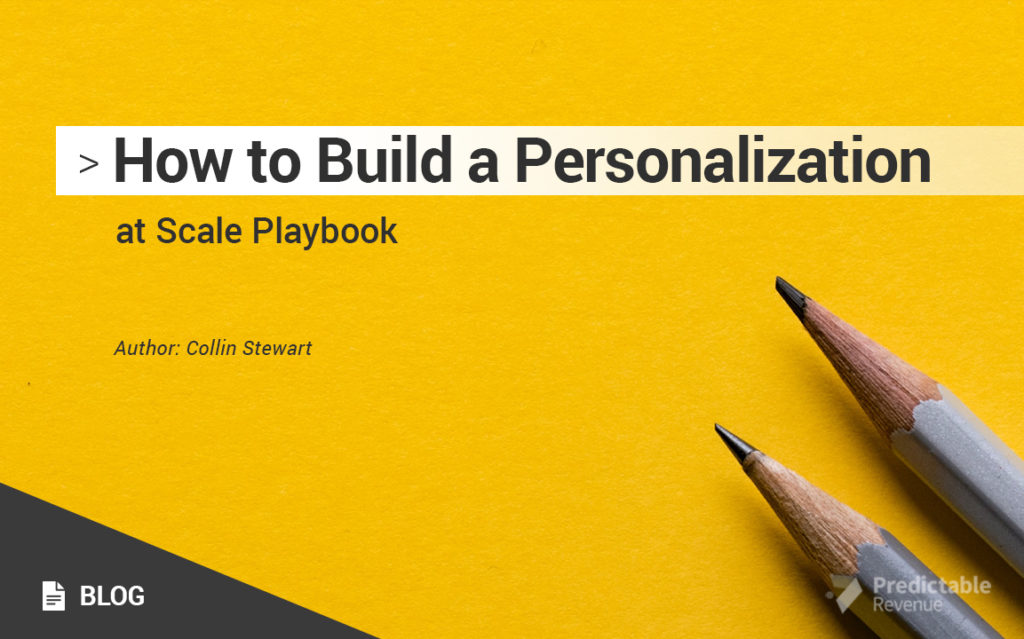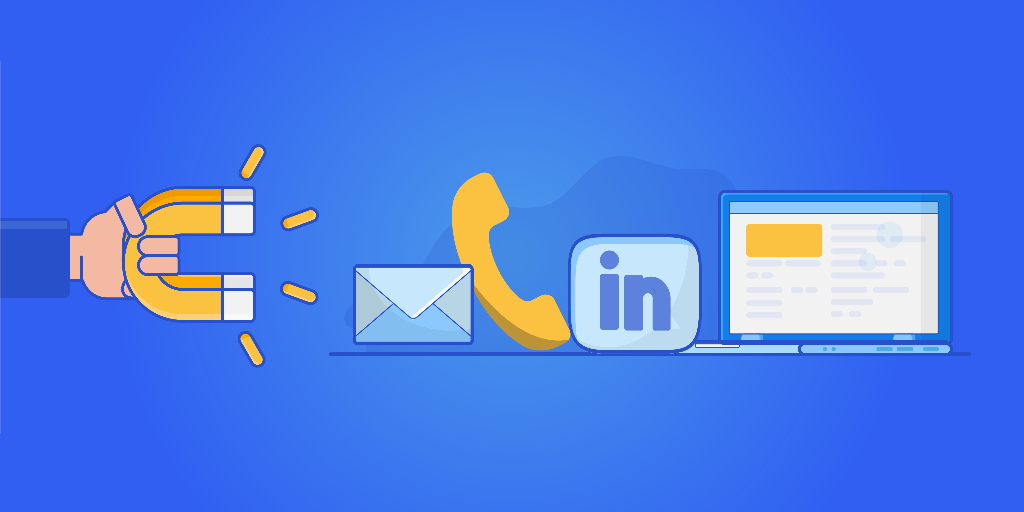How to Build a Personalization at Scale Playbook

It’s the age-old sales conundrum every SDR, quota-carrying rep, and sales leader wrestles with: how to infuse sales messaging with well-crafted personalization at scale.
For years, the two interests seemed to come at the expense of each other – if you wanted to personalize your outreach, your scale, or activity numbers, suffered. If you chose to focus on scale, then your messaging would lack the personal touch that shows a prospect you have been investing time in understanding them and their company.
But times have changed. No longer do in-the-trenches reps have to choose between scale and personalization. There are tips and tricks to handle both – and get results.
Based on Becc Holland’s personalization at scale method, watch the webinar recording here.

Let’s take a look at three such tactics:
How to Scale through Shell sequences
Using a sales engagement platform like Outreach or SalesLoft is, more or less, a non-negotiable tool for the modern SDR.
These platforms have many uses, of course. But, chief among them, is they let you scale your personal messaging and your activity, by organizing your prospecting into nuanced sequences with specific messaging.
That specific messaging comes from different triggers and scenarios. For example, when building messaging, you can use a number of “non-hand raising inbound” triggers such as:
- Content downloads
- Event attendees
- Webinar registrants
- Executive churn (user gems)
- Firmographic trigger: hyper growth
- Common VCs
- Demoed in the past
- LinkedIn engagement
Important note: when building emails using these triggers, you can mention the premise. Tell your prospects why you are reaching out, but don’t forget to pair that with something specifically about the prospect. Transition the glory to them ASAP – it shows you understand who they are.
In addition to those triggers, there are a number of less-direct triggers you can use to inform your messaging.
For example:
- Dark funnel (G2 etc)
- Firmographic trigger: company funding
- Firmographic trigger: IPO
- Email opens
- Website views
When building emails using these triggers, don’t mention the premise. Make your outreach all about them.
Of course, these messages must all be put in a cadence. And your cadences will, surely, vary depending on your market, sales cycle, and growth objectives. But, for example, here’s a cadence used by the SDR team at Chorus.ai:
- Day 1 – LinkedIn research
- Day 1 – cold email
- Day 1 – cold call
- Day 2 – cold email w/ voicemail
- Day 8: re: cold email
- Day 8: cold call
- Day 9: cold call
- Day 13: cold email
- Day 13: cold call
- Day 14: cold call
- Day 18 re: fall on sword lite
- Day 18: cold call
- Day 19: cold call
- Day 20: cold call
- Day 21: cold call w/ voicemail
- Day 21: break up email
Picking a personalized premise (aka how to pick a reason for reaching out)
This is always, to some degree, going to be at the discretion of the SDR – it takes some shrewd analysis to decide on the best reason for reaching out. But, of course, there are ways to scale this: in particular putting the different potential reasons for reaching out into prioritized buckets.
At Chorus.ia, those buckets are:
- Self authored content: webinars, articles, posts that the prospect has made
- Engaged content: liked, shared, commented
- Self-attributed traits: profile line, headline, company line
- Junk drawer: schools attended, personal interests, hobbies
- Company: M&A (e.g., M&A advisory boutique listings), posts, blogs, hiring, website language
Once again, it is important to note: although you can use these examples to lead your outreach, you must – MUST – immediately hook back into why your company / product / service is of use to the prospect. You are using these examples to get their attention, but it is your offering that will close a deal.
So tell them how you can help them.
How to reverse engineer the playbook (aka reverse engineering to the source of an article)
Sometimes, your prospects won’t have self-authored content you can use to include in your messaging. But, that doesn’t mean you can’t find content they’re interested in – you just have to do some more digging.
For example, you can find prospects by looking at engagement on thought leaders’ posts. To make this hunt easier on yourself, make sure you are following thought leaders in your space (you should know who the most active are), keep an eye out for relevant LinkedIn posts with high engagement, and regularly save links to the posts in a sheet.
So, what makes a post worth tracking? What makes it a piece you should save and use for later? Here are some general rules to follow:
- It’s written by a popular thought leader
- The content is relevant to what you do at your company (this is the hook into your value prop)
- The post has upwards of 100 likes / reactions, and upwards of 50 comments
Of course, these tips are just scratching the surface of what you can do to personalize your outreach. Every market, every product, and every team will have preferences. But this will get you started and erase any doubts that personalization and scale can’t work together.
If you’re interested in knowing how our Sr. SDR, Sarah Hicks, reverse engineered this method to personalize at scale using LinkedIn activity crushing her quota 130%, watch the video below!
Experience and a lot of testing have shown us that it is possible to create email templates that people actually resonate with.
You don’t have to figure it out alone, whether you’re starting off as a sales representative, looking to improve your game or providing your team with expert advice, we have your back!